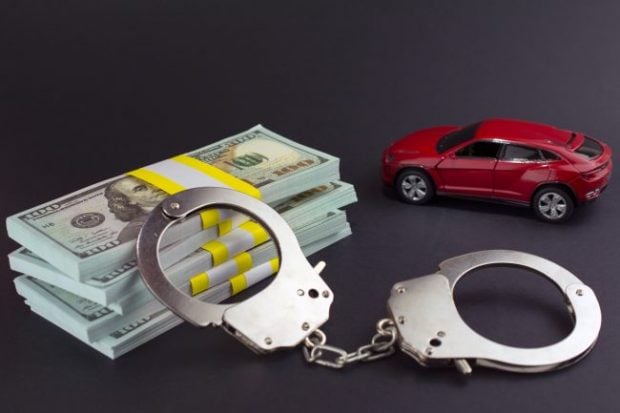CU Times Staff Reporter WEST PALM BEACH, Fla. – Anticipating that ADA rules could change by July 2002, many financial institutions have scrambled to provide more voice-enabled ATMs, but is it enough? While the first talking ATM in the United States was installed by a credit union in San Francisco City Hall in 1999, since then banks have a stronghold on the only 1,000 voice-enabled ATMs available today, which are provided mostly by ATM manufacturers North Canton, Ohio-based Diebold and Dayton, Ohio-based NCR. Of the revisions proposed, new guidelines requiring audible instructions to be available, allowing a blind person to perform any transaction a sighted person would be able to perform using the ATM is what has concerned many financial institutions. Although the visually impaired can be accommodated different ways, the access must be equal. At issue is that ATM upgrades could cost financial institutions in the thousands per machine because, according to National Federation of the Blind Director of Technology Curtis Chong, the technology that was originally used is already somewhat outdated and requires new software and programs. "The idea is that in the long run we will take voice guidance for granted so it becomes almost as ubiquitous as elevators that `ding' twice to let you know the doors are closing," said Chong. "The manufacturers and designers of today's ATMs have to look to the future of voice guidance systems and build not a quick fix as in the past but design with the long run in mind." According to Chong, there are well over 11 million people visually impaired of whom up to 2 million are legally blind. "Voice-enabled ATMs don't just benefit the blind but also those with learning disabilities, and plugging in headphones are easy and practical solutions," said Chong. Long Beach, Mississippi-based Triton, a wholly-owned operating division of Dover Corp., has recently released two new off-premise ATMs that come equipped with voice-enabled programming as a standard feature. The system uses text-to-speech synthesis software that provides audible instructions to the user. Here is how it works: users would plug their headphones into the ATM. According to Triton Chief Technology Officer Bill Jackson, ATM manufacturers have all agreed that the keypad layout will be like a telephone with a bar on the 5 for reference. The ATM would then read back the transaction to confirm what transaction has taken place and the receipt would be read to the user. If cash is dispensed then the ATM would confirm the dollar amount, the cash dispensed and the order of the bills. "The disadvantage of the earlier WAV file format, which if you have AOL is the same technology that is used when you hear 'you've got mail', is that since phrases are prerecorded it isn't flexible in real time," said Jackson. "It is almost impossible to prerecord every possible inquiry." According to Jackson the text-to speech software, though it requires a fairly powerful PC to run, is easier to work with and more versatile. Although large banks have been using "talking ATMs" for the past couple of years, the technology is new to machines at non-bank locations such as convenience stores, airports and hotels. "If Triton carries through with what I understand their plans to be, to make all of their new ATMs with voice capability as a standard feature, it could have a significant impact in an area where there's been no significant change," said Chong. "The industry has created this problem but the trend is now on the upswing." [email protected]
© 2025 ALM Global, LLC, All Rights Reserved. Request academic re-use from www.copyright.com. All other uses, submit a request to [email protected]. For more information visit Asset & Logo Licensing.







